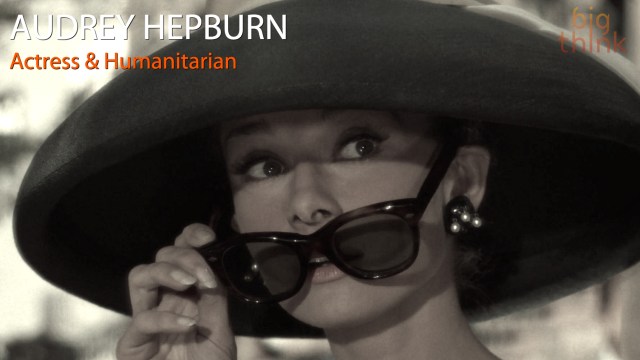How You Clear Clutter Isn’t Important. Just Get It Done.

In her New York Times best-selling bookThe Life-Changing Magic of Tidying Up, Japanese cleaning consultant Marie Kondo offers various strategies and novel approaches for ridding your home of clutter once and for all. Gretchen Rubin, another NYT best-selling author, recently read Kondo’s book and posted some of her observations at PsychCentral. Both writers share the opinion that organizing your surroundings can have a profound effect on your inner calm and productivity. Rubin explains how the little things add up:
“In the context of a happy life, a crowded coat closet or an overflowing inbox is trivial, and yet such things weigh us down more than they should. That’s why I follow habits like making my bed and the one-minute rule, and why one of the most important strategies of habit formation is the Strategy of Foundation.”
One vital issue raised in Rubin’s exploration of Kondo’s book is how to clean: What’s the optimal strategy for clearing clutter? While Kondo explains that most tidiness advice emphasizes baby steps, her own personal style is much more akin to the college student who waits to write her paper the night before the deadline. Rubin riffs off this:
“Some people (like me, for instance) are Marathoners, and some people are like Kondo — they’re Sprinters, who prefer to do their work right against a deadline. Again, it’s more important to know your style than to argue about what style is ‘better.'”
So the takeaway here is twofold:
1. Taking care of the clutter in your life is vitally important.
2. Don’t let anyone tell you that you have to resort to work habits that don’t fit your personal style.
Take a look at the whole piece (linked again below) and let us know what you think.
Read more at PsychCentral
Photo credit: trekandshoot / Shutterstock





